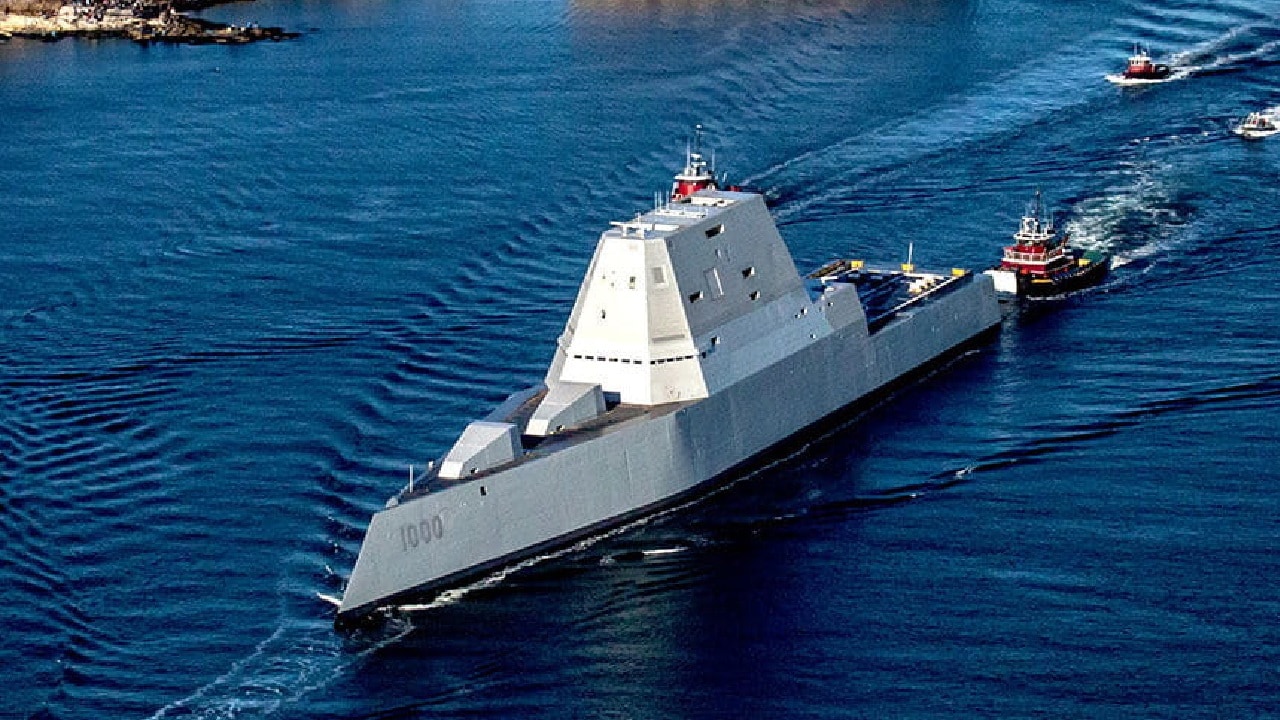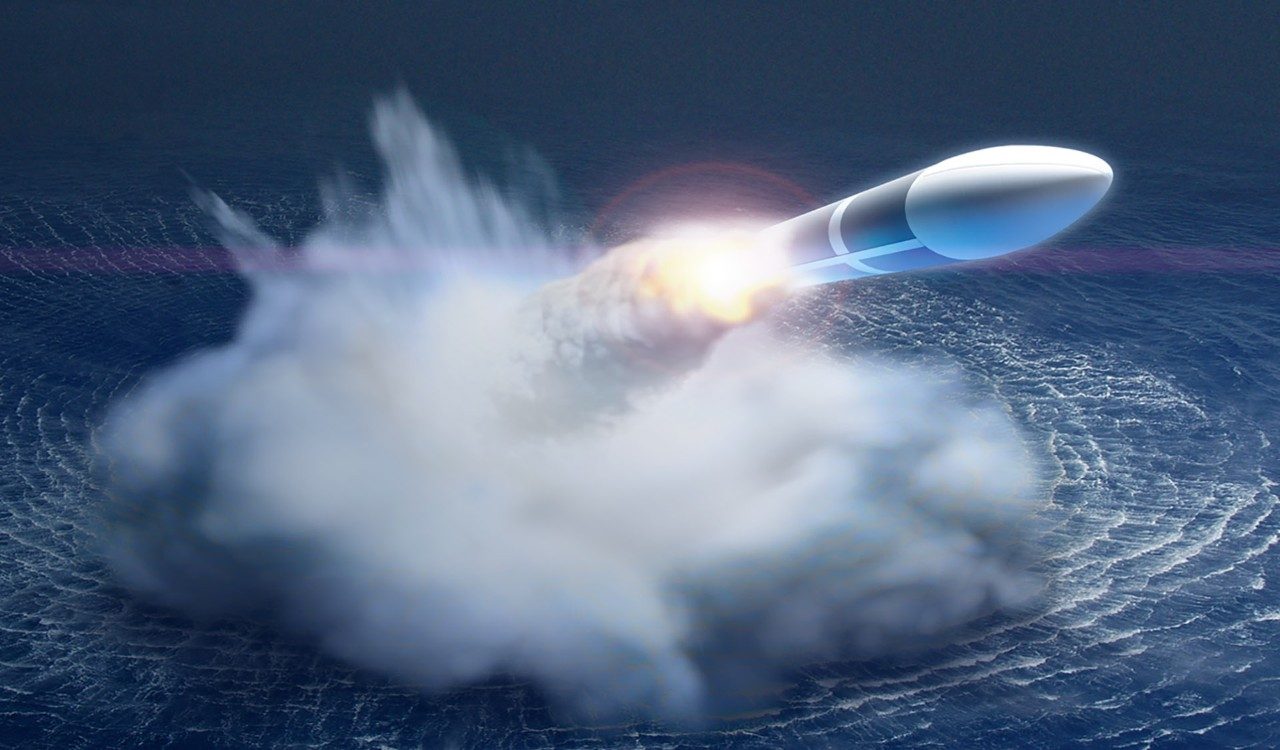In a continued drive towards bolstering the United States’ hypersonic capabilities, Lockheed Martin Aerospace has secured a substantial modification contract from the US Navy. On August 24th, Lockheed Martin was awarded a $315 million contract to further develop the Intermediate Range Conventional Prompt Strike (IR CPS) hypersonic weapon system.

Lockheed Martin Aerospace Secures Expanded Role with US Navy for Conventional Prompt Strike Initiatives (Photo: 19FortyFive)
Expanding Hypersonic Arsenal: US Navy’s Strategic Move
According to the report published by Naval News, in August 28, 2023, Lockheed Martin Aerospace contract encompasses the comprehensive design, development, building, and integration of equipment crucial for missile flight test demonstrations and eventual field deployment. Lockheed Martin Aerospace’s pivotal role as the prime systems integrator for both the Navy’s CPS and the Army’s Long Range Hypersonic Weapon (LRHW) underscores the company’s significance in advancing American hypersonic capabilities.
The United States Navy is poised to significantly enhance its hypersonic arsenal with the latest contract awarded to Lockheed Martin Aerospace. This $315 million modification contract marks a pivotal step towards realizing the vision of the Intermediate Range Conventional Prompt Strike (IR CPS) hypersonic weapon system.
The CPS, slated for deployment on Zumwalt-class destroyers and Block V Virginia-class submarines, is set to replace the Advanced Gun System (AGS) on Zumwalt-class vessels with 87-inch Advanced Payload Modules (APM). With each APM capable of holding three CPS weapon systems, this development underscores the Navy’s commitment to staying at the forefront of hypersonic technology.
READ ALSO: Air Crash Investigation: Ukraine Probes Tragic Incident Claiming Lives Of Three Pilots
Collaborative Efforts: Common Hypersonic Glide Body (C-HGB)
In a recent development released by GovCon Wire, Lockheed Martin Aerospace’s involvement extends beyond the Navy’s CPS program. The Lockheed Martin Aerospace company plays a pivotal role in the joint Conventional Prompt Strike program, a collaborative effort between the Navy and Army.
This initiative that Lockheed Martin Aerospace aims to deliver a long-range hypersonic missile featuring the Common Hypersonic Glide Body (C-HGB). Derived from the Sandia Winged Energy Reentry Vehicle (SWERVE), the C-HGB represents a shared system employed by both the Navy’s CPS and the Army’s LRHW.
While the Navy focuses on C-HGB design, development, and integration with a two-stage booster, the Army takes charge of C-HGB manufacturing. As budget documents reveal, the first CPS-equipped USS Zumwalt is expected to be deployed in the fourth quarter of 2025, signaling a new era of hypersonic capabilities for the United States.
READ ALSO: Maui Brush Fire Near Previous Laihana Fire Site On Saturday Led For Residents To Evacuate
























